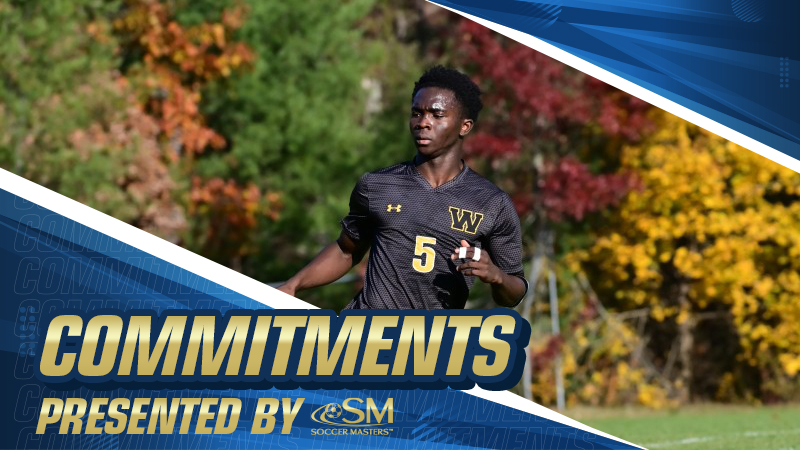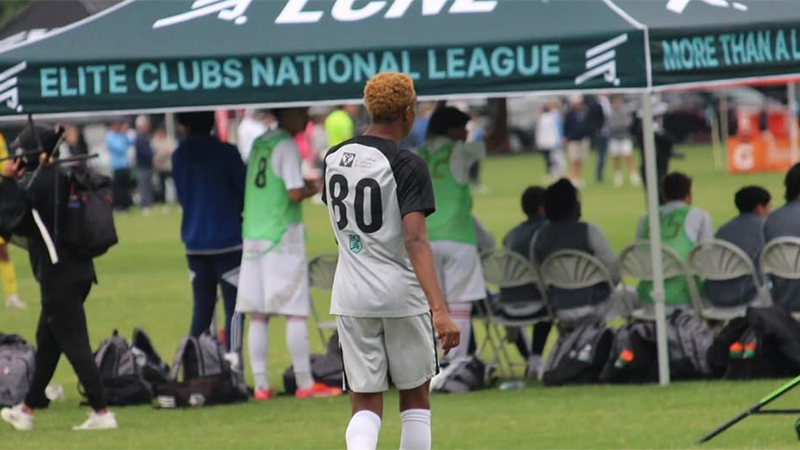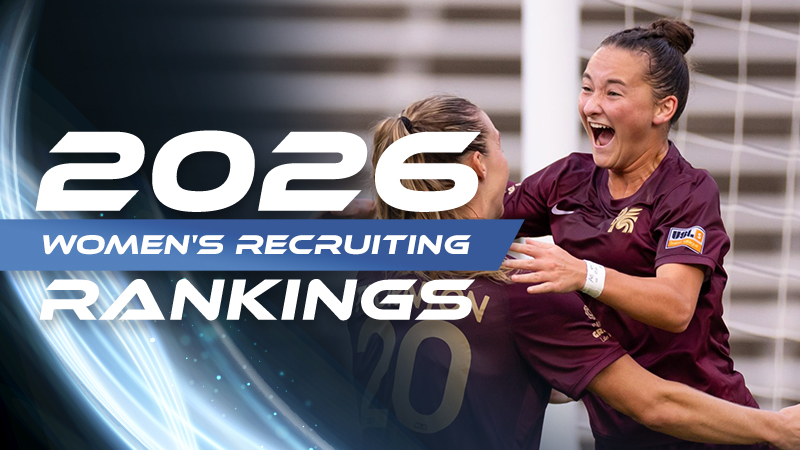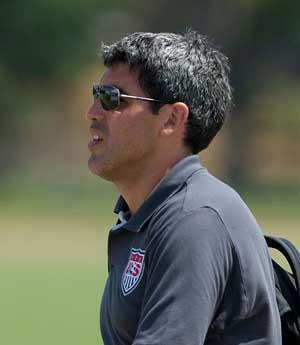 Claudio Reyna
Claudio ReynaLet’s talk about high school soccer
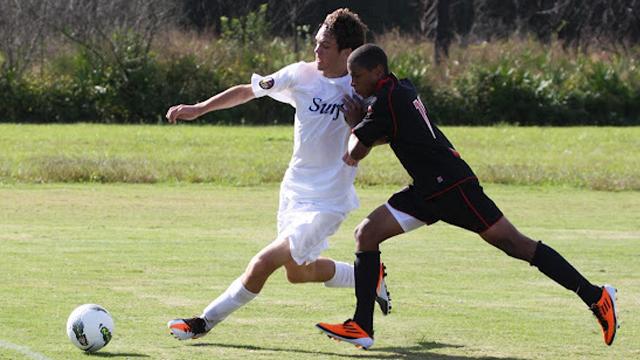
Soccer in the United States has reached the crossroads of its worth. It is significant enough for casual sports observers to recognize it, and it is niche enough that cultural demands still triumph over purpose at times.
Unfortunately for scholastic sports, it has become the easy target when talking about cultural demands that take the prerogative over function for soccer. And now, it is in the crosshairs for U.S. Youth Technical Director Claudio Reyna, as he pushes for all Development Academy clubs to switch to a 10-month season and abolish the top talent from boys high school soccer.
“In the U16 and U18 age groups around the world in the leading nations, the kids are playing 10 months,” Reyna told ussoccer.com in December. “We felt by lengthening the seasons and providing an opportunity for players to play with and against better players, it would provide a better pathway for developing players in the long-term.”
 Claudio Reyna
Claudio ReynaHas the move been well received?
“The high school thing has been a difficult obstacle for our guys,” said De Anza Force U16 head coach Shaun Tsakaris. “American parents are used to having high school sports as part of their child’s upbringing.”
De Anza Force, like other Western Conference clubs, lost some players who preferred to play in front of classmates in high school.
“As far as the development of players, it makes the most sense to play a 10-month season,” said Seattle Sounders Academy Technical Director Darren Sawatzky. “On the other side of it, there is a lot of personal and positive individual growth that happens in high school.”
Fellow academies also echoed in the benefits of player development under this schedule.
“Without a doubt, it has been positive,” said Texans SC Houston U16 head coach Scott James. “The overall development of the player has certainly risen for the players from the start of the season.”
Texans SC Houston local rivals, Houston Dynamo, spoke glowingly of the benefits from playing year-round under this plan.
“It is a big step forward,” said Houston Dynamo Academy Director James Clarkson about the shift away from a high school soccer season. “It is a huge improvement especially in terms of scheduling the program with four training nights a week and games on the weekend.”
Dallas Texans U16 coach David Hudgell explained that the extra couple months of soccer helps with designing a year round program for player development, but he does miss the brief recess he used to have during the high school season.
“Being honest, it was a little refreshing to have that break for high school,” said Hudgell with a chuckle. “But obviously we don’t have that and we have to adapt to this and see how it goes.”
On the girls’ side, the issue has not reached the same level of debate as it has with the boys, but it is still a big presence for the elite players in the country. And it comes with a mixed bag of opinions.
“High school can offer stuff that we cannot in club in terms of playing in front of peers,” said KCFC Technical Director Huw Williams. “I am okay with that break, but ask me again in June, and I may say otherwise.”
Williams’ club is nationally recognized for developing top talent. KCFC is a member of the ECNL, but not the Development Academy. Even though Williams is not from the U.S., he recognized how beneficial high school soccer was for his own children in terms of personal growth.
Sereno SC girls U16 head coach Paul Taylor was just hopeful that his players would come back healthy after the high school season in Arizona.
Real Colorado coach Jared Spires wished he could run training with his team during the high school season, considering his players were finally returning from injuries.
For the Academies that have not moved away from the high school season yet, there is talk about when the move is, not if it is happening.
“That is what U.S. Soccer wants, and that is what we are shooting for,” said South Carolina United Battery U18 coach Clark Brisson about eliminating the high school break. “Right now, we are having some discussions about implementing that in 2012 or 2013.”
Other coaches in the Southeast Division feared the amount of games the players have to play in the short high school season before returning to the academies for the end of the season stretch.
“The high school season in Georgia is a lot of work for the kids,” said Ray Tomlin of Georgia United. “They play a lot of games – up to three a week – in a short two and a half month season.”
San Diego Surf and Nomads SC are the only California academies that have yet to make the switch, but will next season. Surf U16 head coach Mike Nicholson was concerned about how far his team would be behind other teams in the division that were training full time during this period.
With the ambition of moving all 78 Development Academy clubs to the 10-month schedule, the resistance may begin to swell on a larger scale, but the issue is not apocalyptic. As many coaches put in perspective, this is only the top 1% [in theory] of the high school eligible players, and capable athletes will likely fill those spots as well.
The thread from the conversations with coaches remains that high school soccer will still have a social role, but the developmental place has passed.
Headlines
- Recruiting Roundup: December 22-January 4
- 2026 Women's Division I Transfer Tracker
- 25 Female Players That Dominated 2025
-
Women's DI Recruiting Ranks: Dec.

-
ECNL Boys FL: Under-19 Players to Know

-
Commitments: NEPSAC Star Heads West

- 2025 TDS Women's College Goal of the Year
-
Men's DI Recruiting Ranks: December

-
Player Rankings Spotlight: 2027 Girls

- 2025 TDS Men's College Goal of the Year

